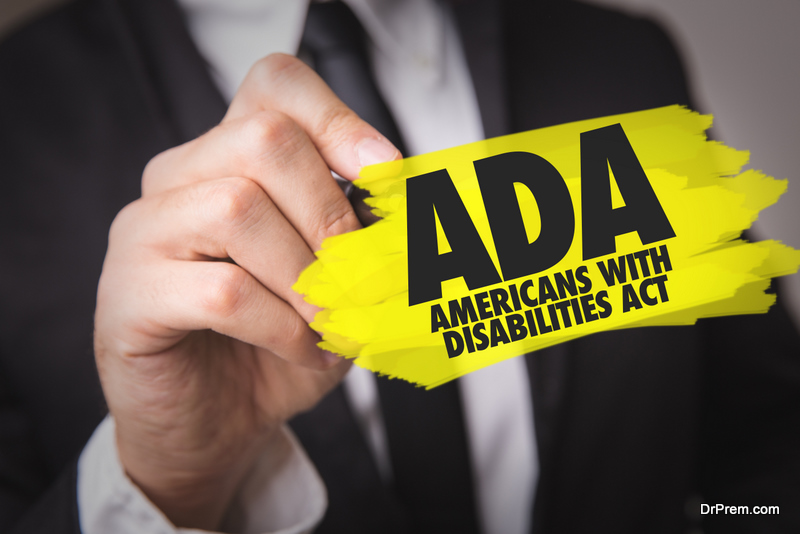Checking for ADA compliance on the internet doesn’t have to be daunting. After all, this is a responsibility that we must all strive to accomplish. Today, we will give you a few tips on how you can quickly assess the user-friendliness of your website for persons with disabilities by using a website accessibility checker.
What the ADA Means for the Internet

The Americans with Disabilities Act (ADA) was passed three decades ago, during a time when smartphones had not yet been invented and laptops were only starting to grow in demand. There was no way then for lawmakers to predict how the internet would later impact our daily lives. This means that as they were writing Title III of the ADA, it was nowhere near their list of priorities and today, courts are only starting to acknowledge web space as a place of public accommodation.
Although the internet is not specifically worded in the ADA, the right to be protected from discrimination is enshrined in our Constitution. It is in keeping with the spirit of the law to ensure that this right extends to virtual space.
How to Check Accessibility Yourself
There are many different types of disabilities to consider, but there are a few important points you can check to assess your website’s accessibility.
1. Closed Captions

Even those who are not hard of hearing would find it useful to have on videos. These days, this is already the norm. Always make sure that videos shared on your website provide closed captioning even for mere sounds and music that can be heard throughout.
2. Alt Text
This is short for alternative text. Word descriptions must be provided for non-textual media that can be seen on your pages. They are important because persons who experience visual difficulties now make use of assistive technologies such as screen-readers so that they can comprehend content on websites.
3. Keyboard-Friendliness

Making your site keyboard-friendly does not only make it smartphone-friendly. It also makes it more welcome for people who are unable to make use of a computer mouse. In order to check for this, you can try to press common commands like the Shift and Tab keys to see if they are able to assist you in navigating your webpage without having to reach for a pointing device.
How to Cover All Your Bases
All of that is of course just the tip of the iceberg. Today’s standard for all of these rules to live by are in the Web Content Accessibility Guidelines (WCAG) 2.1 that you can visit to ensure that no stone is left unturned. But since the WCAG 2.1 is itself intimidating, you can also opt to use swift website accessibility checkers that can run their own tests on your website to speedily catch violations that must be corrected. There are already a few available on the internet that are free for use. These are complete workups that you can use as a starting point for your administrators to plan the necessary changes that must soon be made.
Remember, opening your website to further accessibility does not just protect you from irksome lawsuits. It also means more customers to avail your services and it will be one of the best investments you can make for the years to come.
Article Submitted By Community Writer




